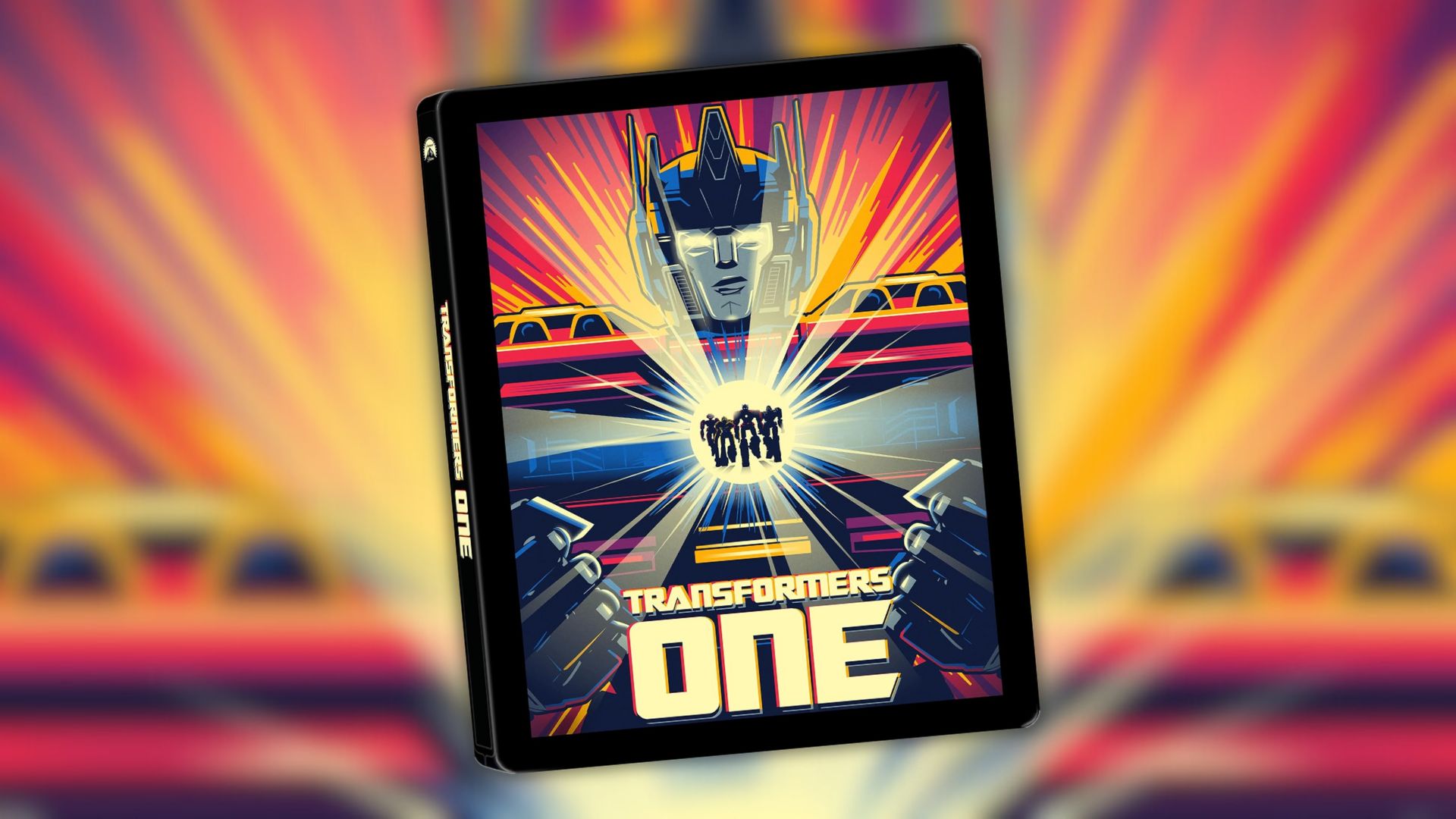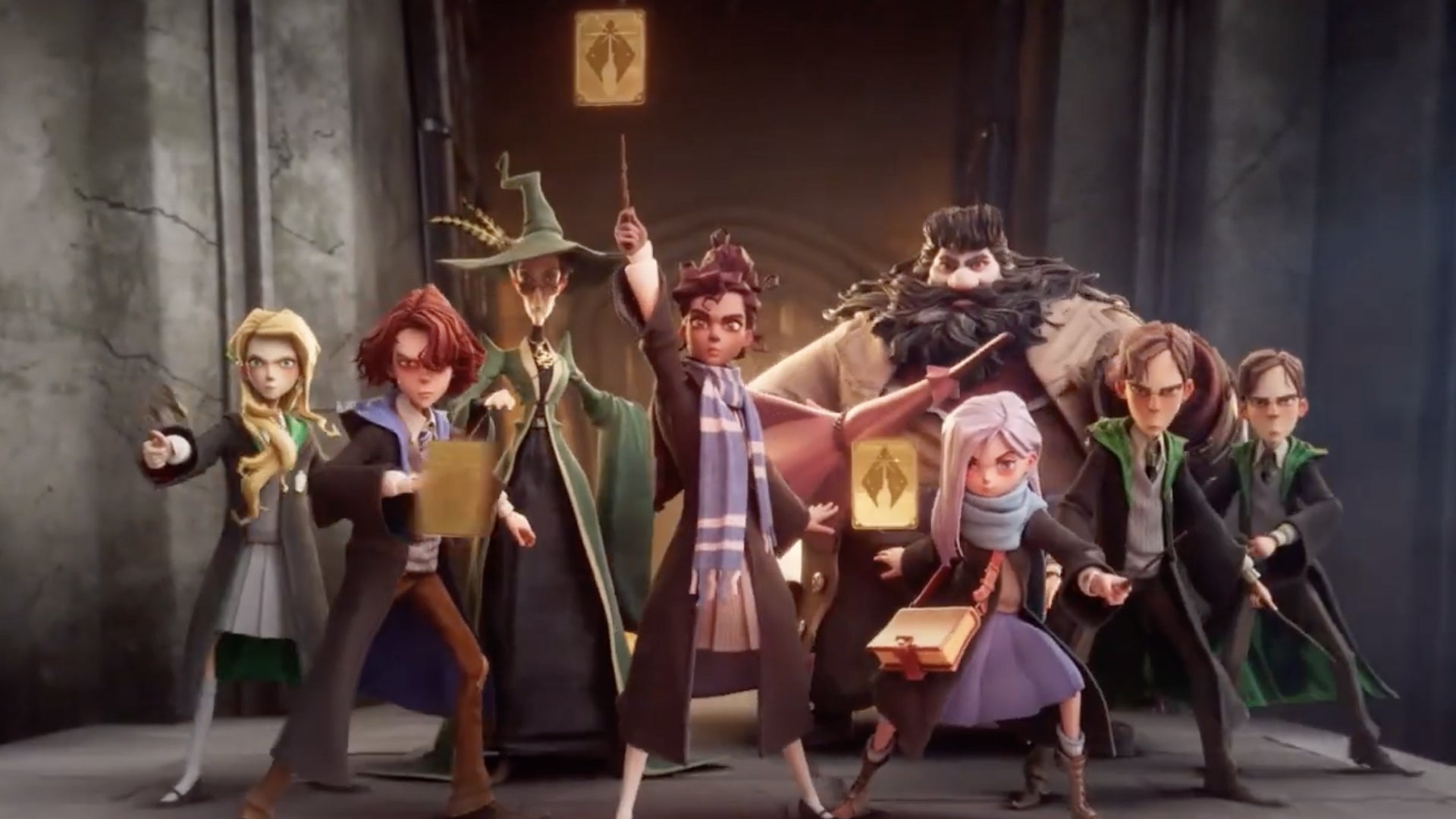Since the poster boy for risking your life on screen first dangled from the world’s tallest building in Ghost Protocol, Mission: Impossible’s entire marketing blitz has been about Tom Cruise's next stunt. These days, entire franchises like John Wick are based around it. John Wick: Chapter 4 director Chad Stahelski highlighted this to us recently: "[Stunts] are in every trailer. Obviously, it's a massive department. It's a huge creative thing."
But it begs a question that’s rapidly being upgraded to a full-blown issue. Why are stunts not recognized by the Academy Awards?
It’s one of the biggest, most complicated, most popularly heralded aspects of the modern blockbuster, so why doesn’t the department have its own category on Oscar night? At its core, the Academy of Motion Pictures Arts and Sciences is meant to recognize the best that the art form has to offer, to highlight the most outstanding examples of work from every corner of an insanely collaborative medium. We spent the better part of 2023 talking with action cinema's biggest names -- every chance we got -- to see why they thought stunts have been left out of that mission statement.
What we found is that it is actually complicated, but it doesn’t have to be. We’re taking our best shot at uncomplicating the issue by hearing from the performers and directors who know and digging into the Academy’s bylaws, all to try and answer the question: Why don't they have an Oscar for stunts?
Chapter 1 - We’re All on the Same Page Here, Right?
The first part of this question is an issue of merit. Do they deserve to have an award? On this, the artists we spoke with unanimously agreed.
Boyd Holbrook of Indiana Jones and the Dial of Destiny said, "I mean, why not? People die during stunts. It's a big risk," while his co-star Phoebe Waller-Bridge thinks "there absolutely should be. I can't believe that there isn't one."
Mission: Impossible - Dead Reckoning Part 1 writer-director Christopher McQuarrie laid it out like this: "I believe that's a category probably more than any other category in which people are actually every day risking their lives and their safety for your entertainment. And if anything is worthy of an award, that would be."
Other awards shows have a stunts category. Forever known for their brevity, the Screen Actors Guild Awards present an Outstanding Performance by a Stunt Ensemble in a Motion Picture, while the Primetime Emmys not only recognize Stunt Coordination, but in 2021 added an award for Outstanding Stunt Performance as well. Meanwhile only three stunt performers have been given Academy Awards. Stagecoach’s Yakima Canutt got an Honorary award in the 1960s, Vic Armstrong’s Fan Descender that made free falls safer earned him a Technical Achievement award in 2001 and Hal Needham got a Governer’s award in 2012. So… What the hell guys?
Thor and Extraction star Chris Hemsworth is "shocked it's even still a conversation," and added that stunt performers "are the unsung heroes, in my opinion, and even if at the end of the day you're stepping in to do the stunt on camera, the stunt doubles or performers have rehearsed that for months, injured themselves many times just to work out, 'Okay, this is the most effective way, this is a safe way.'"
Stunts, as much as anything this side of the actual invention of celluloid, are a cornerstone of film history. It’s one of the oldest crafts of the art form. As Hemsworth's Extraction director and long-time stunt performer and coordinator Sam Hargrave describes it, "It's been an art form since before sound was recorded in movies. So, if you're talking about a cinematic history... and you say, well, there's a Best Visual Effects Oscar, which is a pretty new technology compared to stunts... Why not best stunts? I think it makes total sense."
Sam brings up an interesting apples to apples comparison here. The Best Visual Effects category has had something of a journey over the decades, beginning as Best Engineering Effects, moving through Special Achievement awards for Special Effects before landing on Best Visual Effects in 1977. The point is, there has been an effort to tweak the category as needed based on trends and advancements in a field that’s become increasingly important to the industry.
But filmmaking is a team sport and, as influential as CGI has become, you can’t make the argument that it’s more deserving of an Oscar than stunt work. Harrison Ford, an elder statesman of stunt work, to be sure, sees the value in a practical approach.
"When you lose human scale, when you see things that you do not, that are not part of your human experience, when the laws of gravity and science are not obeyed, [go] out the window and anything can happen," he told us, "you don't care as much somehow."
To Ford’s point, there’s more than a visual element to stunt work. There’s something that goes beyond the inherent white-knuckling drama of watching real danger unfold on screen and shows the real value of quality stunts. Phoebe Waller-Bridge spoke to her experience on Indiana Jones where the stunt performers worked with her on a character level: "These people aren't coming on set saying, 'Just do that and move here.' They talk from the inside out. I mean, they're actors and artists and choreographers."
In the same way wearing a certain costume might alter the way they carry themselves or layers of makeup can transform an actor's performance, working with a stunt team can have the same impact. Hayley Atwell told us about the months of mixed martial arts training she underwent, plus learning to drift and developing a foundation of skills so that she could walk onto the Mission: Impossible set feeling as though her character was complete. "It becomes such a big part of the physicality of the character," Atwell said.
There’s a credibility that cannot be denied when a stunt is being performed practically on film. In the same way Rick Baker got an Oscar for remarkably transforming an American in London into a werewolf, or any of the eight (eight!) times the Academy awarded Edith Head’s distinct and character-enhancing wardrobes, a quality stunt done by an actual human stands out. And filmmakers like Christopher McQuarrie with the Mission: Impossible franchise take it a step further.
"Immersion, plain and simple." McQuarrie told us from the Dead Reckoning Part 1 junket in Rome. "It connects you to the characters and to the story in a way that you couldn't do otherwise. For us, it's really important not that you are watching a stunt, but that you are experiencing that stunt with the protagonist."
McQuarrie's star, Tom Cruise, has become the face of ever-escalating stunt work and unsurprisingly is on the same page with the director. Stunts are as integral to their storytelling as any other craft in the business. "We're finding ways to immerse an audience into a movie." he told us in Rome. "You know, I enjoy doing it. I enjoy the challenges of it, but it all comes down to story."
Stunts are an artform as old as film itself, one that has evolved along with the medium that continues to provide a more immersive, engaging way to tell stories. So… what gives? Why no statue?
Chapter 2 - So What's the Hangup?
The truth is it’s a very complicated department. John Wick director Chad Stahelski broke down just how tricky the ins and outs of award creating can be:
“We all can agree it would be fair, but how do you do it? Who should get the award? The stunt coordinator or the fight coordinator? Stunts are a very complex department. Who designs the stunts? Well, sometimes I do, and sometimes [Lana and Lilly] Wachowski, Steven Spielberg, and [Christopher] Nolan do. So is it the guy that designs the stunt or the performer that does the stunt? What if it's a fight scene? Is it the guy that does one or the one who designs the whole thing, like the choreographer?"
But why does any of that complexity really matter when it comes to handing out trophies? It hasn’t stopped the Academy before. Sam Hargrave, who raised all of the same issues as Stahelski, went further to compare the relative complexity of the department to costume design, a filmmaking discipline that very much has a category on Oscar night.
"You could say the same thing, truthfully, about Best Costume Design. Someone designs it, someone has to build it, someone has to oversee it, you got seamstresses. There's men and women working to build these costumes, yet the one costume designer gets the award," he told us at the New York junket for Extraction 2. "But I would believe that would be the challenge. Finding what would be the best way to nominate and to delineate what it is that you're celebrating with that award."
The same is true for every discipline, from cinematography to special effects. But how complicated can it be, really? According to Chris Hemsworth, the prison yard sequence in the middle of the massive and ambitious oner at the heart of Extraction 2 was the most complicated thing he's ever been a part of. So to get an idea of just how integral stunt work is to the success of a film, we sidebarred with Sam Hargrave to walk through the sequence, from conception to execution on screen.
To start with, Hargrave is a perfect person to talk to about this, as he came up as a stunt performer (eventually doubling for Chris Evans as "America's ass" in Avengers: Endgame), transitioned to a stunt and fight coordinator throughout the MCU and eventually got his shot at the director's chair with the Joe Russo-scripted Extraction.
The prison yard sequence in Extraction 2 showed up first in Joe Russo's script, in the spot where Sam and Joe had talked through the important, intractible character beats the action sequence needed to establish. These beats are discussed between the director and the stunt team leads, and from there the rest of the action taking place around those important character moments is the responsibility of the stunt team. They're also given a huge amount of creative freedom to make it happen, certainly as much as a cinematographer working with a director's vision for a film.
"I sat the team down and showed them a YouTube video of a lion being attacked by a pack of heyenas," he recalled. "And I said 'That's kinda the vibe that i'm going for. That look in the lion's eye, right there, that's Chris Hemsworth, these heyenas, they're the prisoners. That's the feeling.' I wasn't saying he has to karate chop here and shoot here; [the stunt team] knows his style. Take what you know about the character and the story we're trying to tell and produce this feeling."
It's a fascinating first-hand account of how much responsibility for some of our favorite on-screen moments is placed on the shoulders of stunt coordinators and performers. In fact, they're so ingrained in the choreography of these moments, they might even be operating the camera.
Sam Hargrave made waves with the first Extraction film by strapping himself to the hood of a car to shoulder the camera in the middle of that film's very cool action oner. Extraction 2 saw him walking a camera across the roof of a real moving train, and under the blades of a real helicopter landing on top of that train. For the prison yard sequence, however, he gave the camera to Nate Perry, a member of his stunt team.
"There was so much going on," Hargrave said. "And he had been rehearsing it and it was so intricate and complicated... when I showed up and saw what they were doing I was like, 'Nah, you should shoot this, Nate.'"
That a stunt performer is skilled enough and willing to step in as a camera op because he's the best shot a movie has at efficiently shooting fight choreography that took months to rehearse is more than telling. Hargrave had too much to shoot that day to spend time learning the blocking himself. About stunt performers like Nate Perry and the rest of his team, Hargrave mixed no words as to their impact on the business:
"It can be taxing to be hair and make-up or costume or visual effects, but you're not risking your life usually. But for these people that are risking their lives, literally, for your entertainment? I think you could recognize them for their efforts."
Chapter 3 - What Has to Happen Now?
The Oscars have an air of institutionality to them, but the reality is they’ve changed quite a bit over the years. And I don’t mean what gets televised or who gets their award while sitting in the audience in order to shave four minutes off the show’s runtime. I’m talking about the categories themselves.
The core awards have been around since the very first ceremony in 1929. Some categories have come and gone, like Best Sound Editing, which was only discontinued recently in 2019. My Rick Baker and Edith Head references from earlier came from categories that started in 1981 and 1948 respectively. Best Animated Movie showed up in 2001 and the granddaddy of them all, Best Picture, expanded from five films to 10 for the 82nd ceremony in 2010.
The expansion of the field was widely considered to be a reaction to the previous year's snubs: The Dark Knight and Wall-E. The films both represented something more adult in genres that had been considered kids stuff. It’s a balancing act the Academy has been trying to navigate ever since, very probably leading to the condescending fiasco that was the Best Popular Movie category. That actually did get announced as a new category before the Academy won an Oscar for backpedaling after a metric ton of very justified criticism was chucked on their doorstep.
So it’s clear there is a capacity to add, subtract and evolve within the Academy, but what do the nuts and bolts of that process look like? We dug around some to find out exactly what hoops require jumping through and, per the Academy bylaws, here’s what we found out:
All things considered, it’s not as complicated a process as I initially thought it might be. Of course there’s no shortage of red tape when it comes to getting industry professionals from across every discipline filmmaking has to offer on the same page, so it may very well be daunting to impossible. That hasn’t stopped stunts from trying though.
From 1991 to 2012, a category for stunt coordination was proposed every year and turned back at some point of this process. That’s 21 consecutive years of trying and failing to get the needed votes and committee support to get an award on the broadcast.
I’d like to believe there’s a proper reason. Maybe, to Academy members, stunt work seems like an impenetrable web of complexity that’s not even worth trying to figure out. Perhaps there’s a sense that it’s neither an art nor a science and therefore doesn’t fit the Academy’s mission statement. It’s also entirely possible that a proposal works its way through the Academy’s bureaucracy only to end up in front of the Board of Governors as a watered-down version of its original spirit.
Whatever the reason, there is a pathway to make it happen. All they really need to do is keep talking about it. Chad Stahelski, for his part, seems to think it's possible.
"It'd be great if we all sat at a table and figured it out," he told IGN. "Smart people in a room usually end up with smart decisions. So what do you say we get smart people from both sides in a room and we talk?”
What do you guys think? Should there be a Best Stunt Oscar, or is the process too complicated? Let's discuss in the comments!






